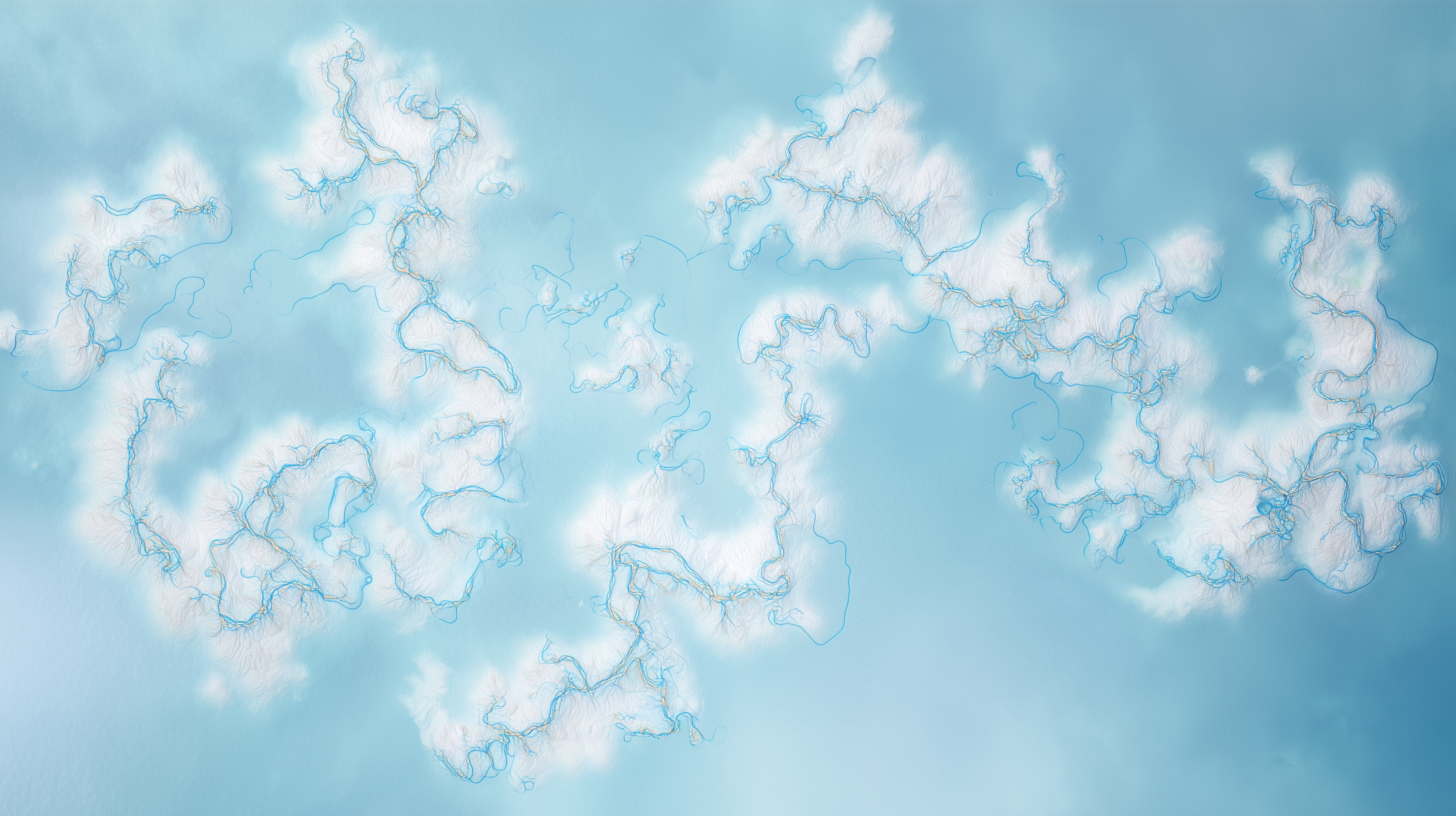Origin and geological features
The Sango sea coral originates from the clear, nutrient-poor coastal waters around Okinawa , an island group in southern Japan. This region belongs to the so-called Subtropical Coral Seas , whose stable water temperatures and low environmental pollution create ideal conditions for coral reefs.
Geologically speaking, Sango sea coral consists of fossil deposits that have formed over millennia from dead coral structures and marine sediments. Through the natural process of mineralization, solid, calcareous structures rich in calcium , magnesium , and a variety of trace elements have emerged.
There is a significant difference between living coral and fossil Sango coral :
-
Living corals continue to be part of the ecosystem and are essential to the marine habitat.
-
Fossil Sango corals, on the other hand, come from already fossilized deposits on the seafloor. They are mined under environmental regulations without harming the living reefs.
The mineral structure of this fossil coral is characterized by a natural calcium-magnesium ratio of approximately 2:1 – a ratio that is also considered physiologically favorable in the human organism.
The Secret of the Okinawa Coast
The island of Okinawa is known worldwide for its high life expectancy and is considered one of the so-called “Blue Zones” – regions in which an above-average number of people lead long, healthy lives.
Historical sources report that the local population was familiar with the coral powder from the area early on and used it in various forms, for example, for water treatment or as a natural source of minerals . Drinking water in the region, which is filtered through coral soils, also has a remarkable mineral content.
Scientists view the connection between the Okinawans' lifestyle—characterized by a plant-based diet, moderate exercise, and social connection —and the geochemical environment as an interplay of several factors. In this context, the Sango sea coral symbolizes the connection between environment, nutrition, and health , without deriving any specific healing claims from it.
Chemical and physical properties
Sango sea coral consists predominantly of calcium carbonate (CaCO₃) and magnesium carbonate (MgCO₃) , supplemented by more than 70 trace elements , including zinc, iron, copper, selenium, and manganese. These elements are bound in a crystalline lattice structure that determines its stability and natural purity.
Laboratory experiments have shown that the coral material exhibits an ionic release of calcium and magnesium ions in aqueous solutions. This property explains why Sango coral powder is readily soluble in water and exists in the form of mineral ions. Such ionic forms are discussed in research as potentially more bioavailable, as they could be more easily absorbed by the organism.
Another aspect is the natural purity of the fossil deposits. Reputable producers subject the raw materials to laboratory analysis for heavy metals and organic residues to ensure consistently high quality.
Research and scientific evaluation
Scientific research on Sango sea coral focuses primarily on its chemical composition , solubility , and bioavailability . Various studies compare the absorption of calcium and magnesium from coral minerals with synthetic or plant-based sources. Initial results indicate that the natural combination in the coral matrix may exhibit a comparable or slightly increased absorption rate .
In this context, a strict distinction is made between nutrient absorption and pharmacological effects . While Sango sea coral provides valuable minerals, there is no scientific evidence for specific therapeutic effects. Research therefore primarily serves to understand natural mineral sources and their physiological properties .
Relevant metrics in this context are:
-
Bioavailability : proportion of minerals that are actually absorbed into the body
-
Solubility : measure of the release of ions in an aqueous environment
-
Safety : Proof of safety and purity
These indicators enable objective evaluation and serve as the basis for quality standards in the field of natural food supplements.
Sustainability and ethical aspects
The extraction of fossil Sango sea coral is carried out under strict environmental and sustainability guidelines . Only natural deposits that have already detached from the seabed may be collected. This protects the delicate ecosystem of living coral reefs .
Certified suppliers document their supply chains and conduct regular laboratory analyses to ensure freedom from heavy metals and microbiological purity . Furthermore, exports from Japan and Okinawa are subject to strict regulations designed to ensure sustainable resource use .
Ethical responsibility plays a central role in this context: The use of fossil corals should only occur if it is ecologically sound and scientifically plausible . In this way, the Sango sea coral can serve as an example of how natural resources can be responsibly integrated into modern research and product development.
Conclusion
Sango sea coral is a geologically unique natural material that originated on the coasts of Okinawa and continues to arouse scientific interest. Its mineral composition—characterized by calcium, magnesium, and trace elements —as well as its characteristic crystal structure make it a fascinating source for research into natural minerals.
From a scientific perspective, it provides valuable insights into the interplay of geology, chemistry, and biology . At the same time, it symbolizes the sustainable use of marine resources and the connection between natural diversity and modern research.
As an example of responsibly sourced, laboratory-tested natural minerals, Sango sea coral contributes to deepening the understanding of natural nutrient sources – a contribution that extends far beyond Okinawa.





